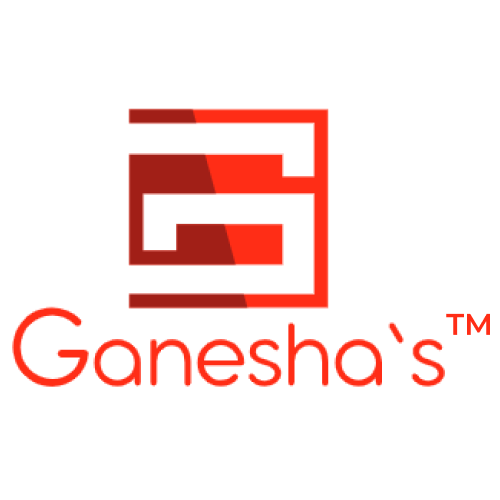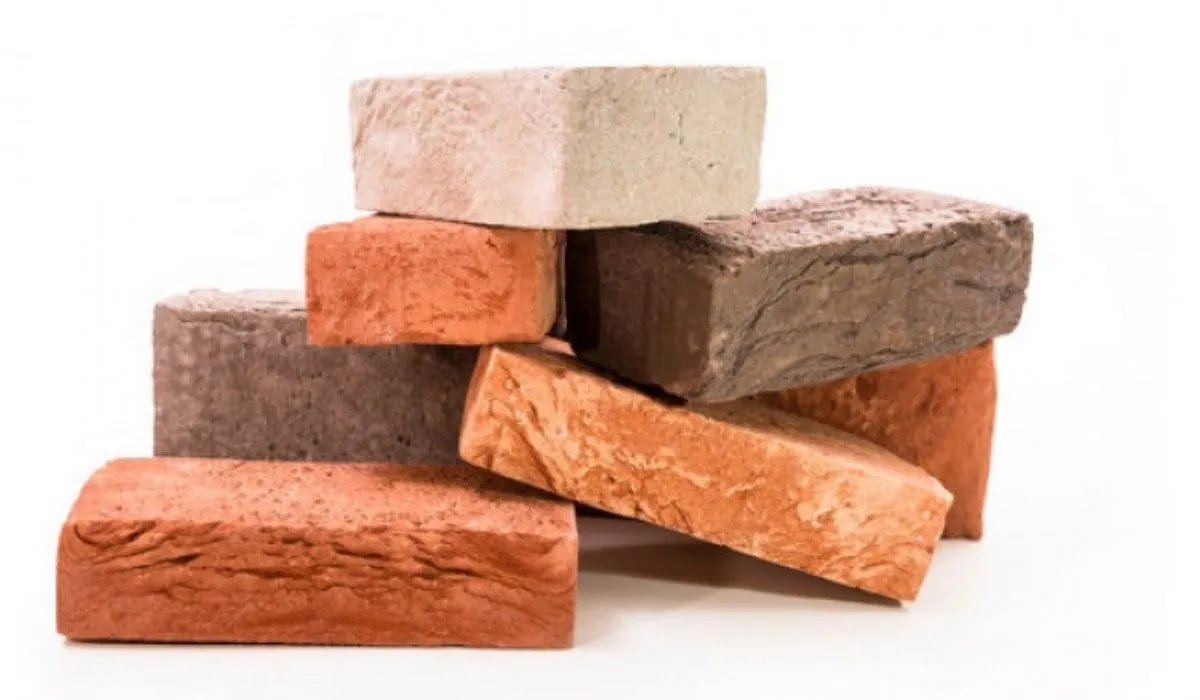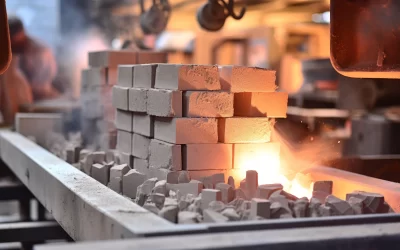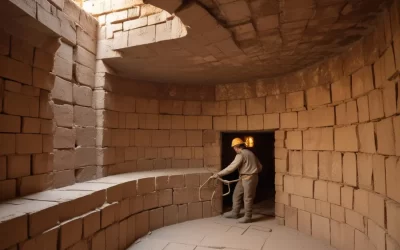This year has seen an incredible surge in the refractory industry. Refractory materials are essential to the industrial sector as they are the backbone of the construction and major steel and iron industries. As 2023 draws to a close and 2024 gets underway, there are still more goals to accomplish. The global refractories market increased at a compound annual growth rate (CAGR) of 5.1% from $26.55 billion in 2022 to $27.91 billion in 2023, according to market surveys.
Moreover, in 2024 the refractories market size is estimated at 55.16 Million tons and is expected to reach 67.12 Million tons by 2029, growing at a CAGR of 4% during the forecast period (2024-2029). However, it will be interesting to see if the prediction comes to pass in the future.
But for now, we have presented a comprehensive list of the best refractory materials of the year, as recommended by the leading refractory industry. This will shed light on the factors driving our success and the growing demand in the market. So, without any more delay, let’s dive into finding out if the refractory material you had in mind wins the predicted best-selling award or not.
An Overview of Refractory Materials:
There’s no second thought to think about the rising demand for refractory materials in India. Refractory materials play a vital role in industrial applications, especially those that necessitate high temperatures and the involvement of chemical exposure. There are various types of refractory material available in the market that are specifically designed for suitable applications including furnaces, kilns, ovens, and so forth. The typical refractory materials include fireclay refractories, high alumina refractories, silica brick, magnesite refractories, chromite refractories, zirconia refractories, insulating materials, monolithic refractory, etc.
To put it simply, refractory materials, sometimes referred to as high-temperature materials, are capable of withstanding temperatures as high as 1600 °C. Despite this, the most important factor in achieving successful results for your project is the kind of material you select. At Ganeshas Refractory, a leading refractory manufacturer and supplier in India – our team will guide you the best as possible to buy the right refractory materials.
Top 3 Best-selling Refractory Materials in India this Year
The following are the best-selling refractory materials in India this year, based on the best refractory manufacturer in India. Without further ado, let’s have a quick look at the nominees.
High Alumina Bricks
High alumina bricks come top on the list as it was in the last year. As the refractory market is evolving in the dynamic world, the demand for advanced refractory materials such as high alumina bricks and zirconia is touching the skies. High Alumina bricks are refractory bricks containing more than 50% alumina. They are widely used as furnace linings in the cement, steel, and metallurgy industries. As a result, high alumina bricks are expected to drive market growth and provide better qualities than conventional bricks.
Properties of High Alumina Bricks:
– High-temperature resistance up to 1200°c
– Great corrosion and wear resistance
– Good mechanical strength
– Efficient performance
– Load-softening temperature
Phosphate-bonded High Alumina Bricks
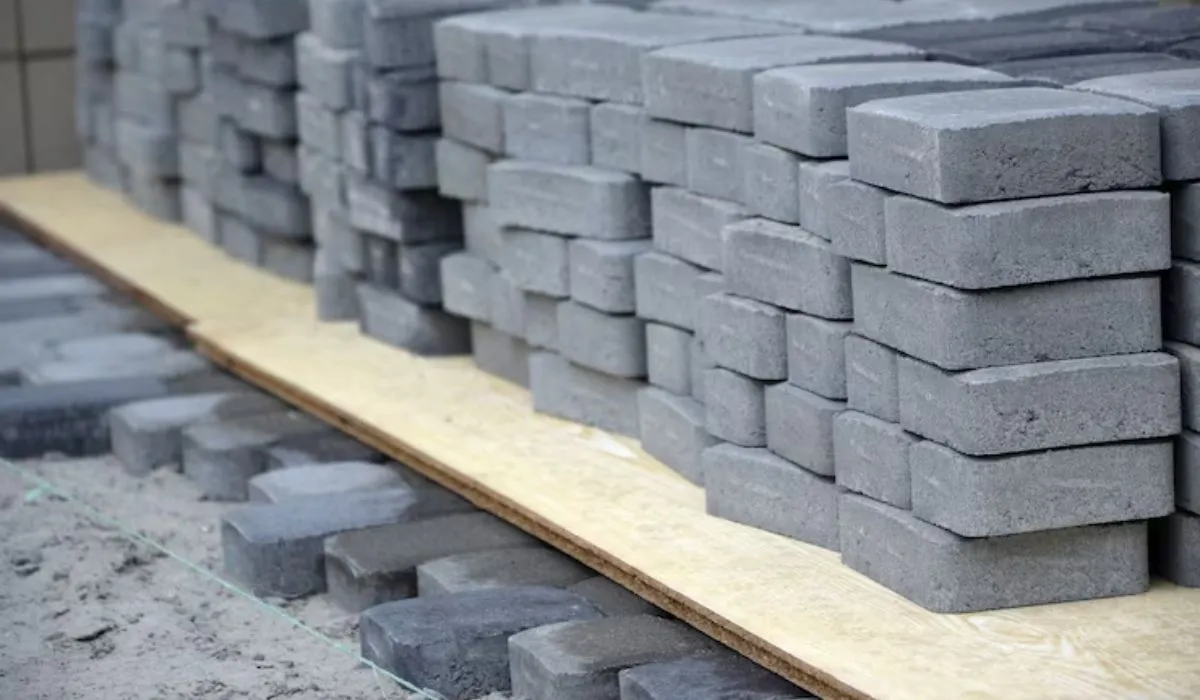
Another name in the list of best refractory materials of the year is Phosphate-bonded high alumina bricks. This type of material is the experimental approach of leveraging the power of both phosphate and high alumina in one brick. Phosphate-bonded high alumina brick is made of high alumina that has been impregnated with phosphoric acid. They are typically available in cylindrical or rectangular shapes, as well as a variety of sizes, specifications, and grades based on the intended application. Phosphate-bonded high alumina bricks are widely used in high-temperature applications where traditional bricks may not perform well and provide efficient results.
Properties of Phosphate-bonded High Alumina Bricks:
Strong thermal shock resistance stability
Increased RUL capacity
Exceptional strength
Better chemical stability
High refractoriness under-loading
Refractory Castables
Last but not least, refractory castable are heat-resistant building materials used to create the linings of furnaces and kilns. They are used in factories that produce cement, fertilizer, chemicals, and petrochemicals. Refractory castable materials are available in different classifications like low iron, low-cement, insulating, etc.
Properties of Refractory Castable Materials:
– More density & lower porosity
– Good acid-resistance properties
– Great thermal shock resistance
– Suitable for common furnace applications
– A high melting point
To Conclude:
In conclusion, the demand for high alumina bricks with phosphate-bonded is the real winner of the year. As a leading refractory industry in India, Ganeshas Refractory is committed to delivering quality and industry-centric material for applications. The Global High Alumina Brick Market is growing at a faster pace with substantial growth rates over the last few years and is estimated that the market will grow significantly in the forecasted period is 2023 to 2027. Keep checking back with us for more information on the refractory industry’s insights.
